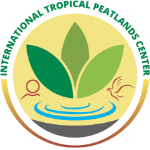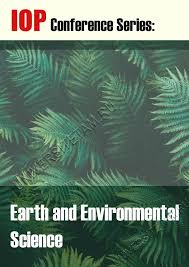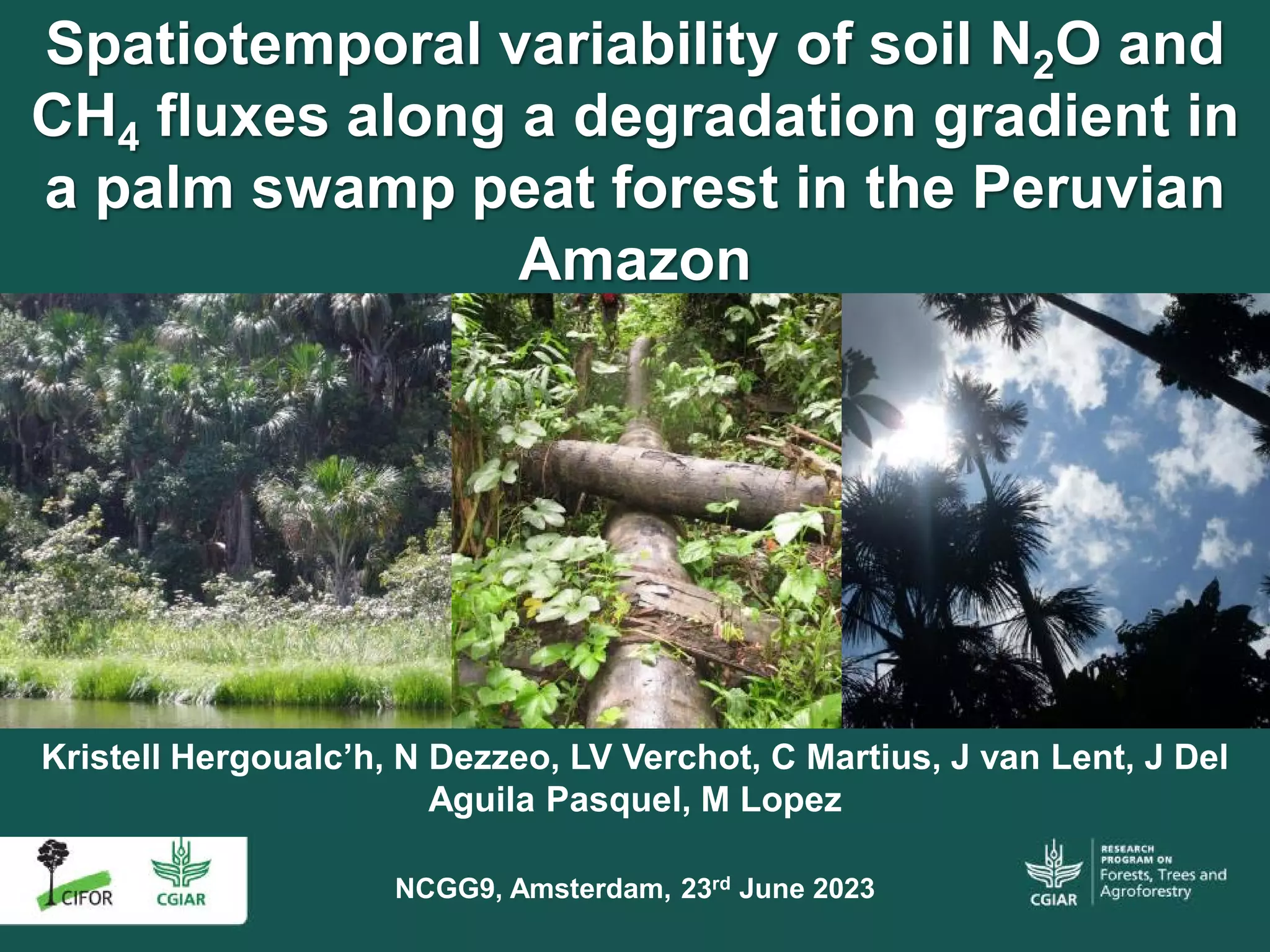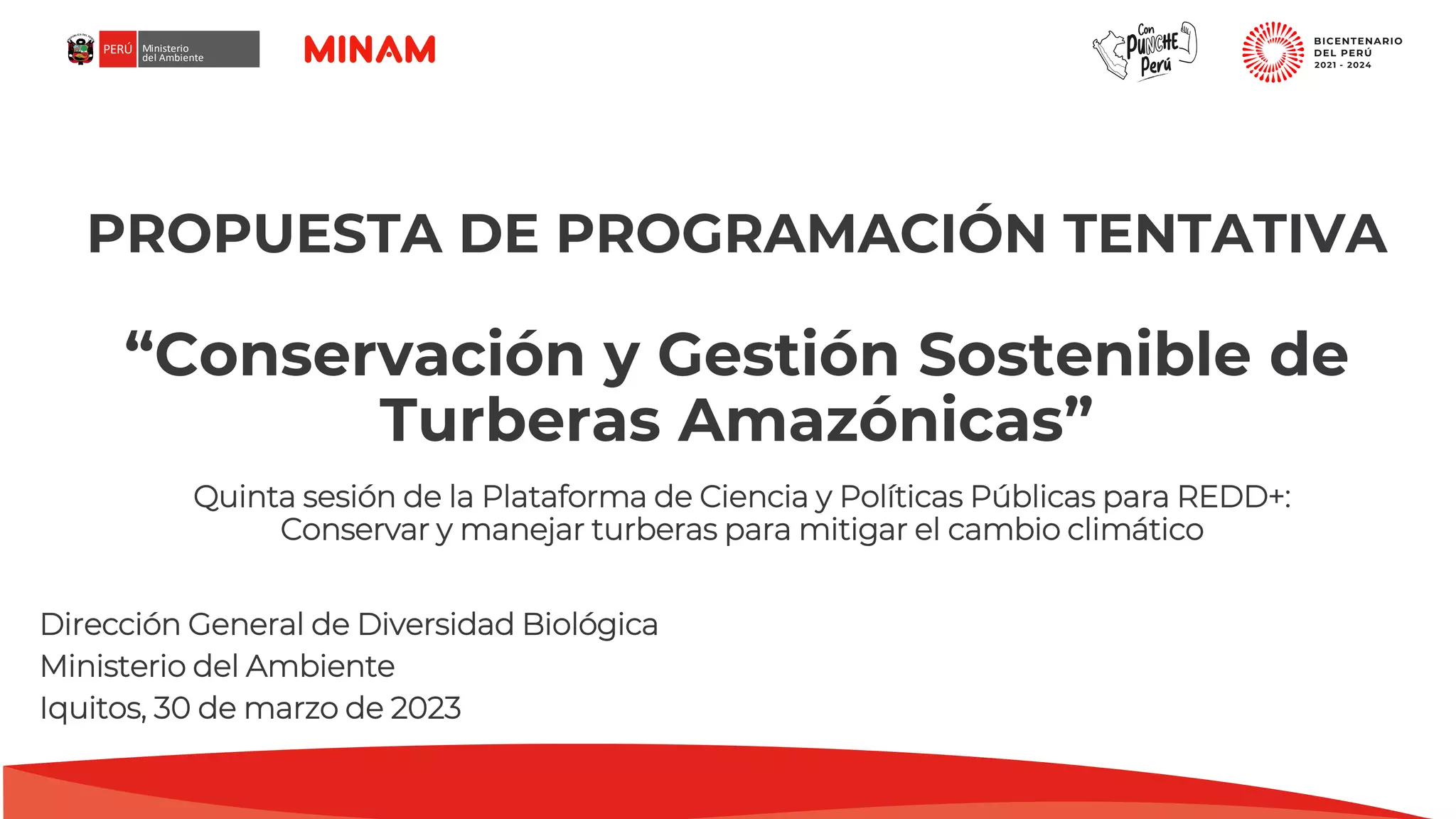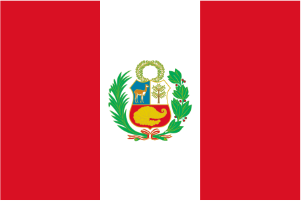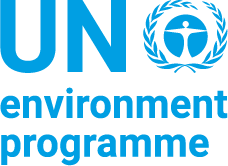
Southeast Asian rivers convey large amounts of organic carbon, but little is known about the fate of this terrestrial material in estuaries. Although Southeast Asia is, by area, considered a hotspot of estuarine carbon dioxide (CO2) emissions, studies in this region are very scarce. We measured dissolved and particulate organic carbon, as well as CO2 partial pressures and carbon monoxide (CO) concentrations in two tropical estuaries in Sarawak, Malaysia, whose coastal area is covered by carbon-rich peatlands. We surveyed the estuaries of the rivers Lupar and Saribas during the wet and dry season, respectively. Carbon-to-nitrogen ratios suggest that dissolved organic matter (DOM) is largely of terrestrial origin. We found evidence that a large fraction of this carbon is respired. The median pCO2 in the estuaries ranged between 640 and 5065 μatm with little seasonal variation. CO2 fluxes were determined with a floating chamber and estimated to amount to 14-268 mol m-2 yr-1, which is high compared to other studies from tropical and subtropical sites. Estimates derived from a merely wind-driven turbulent diffusivity model were considerably lower, indicating that these models might be inappropriate in estuaries, where tidal currents and river discharge make an important contribution to the turbulence driving water-air gas exchange. Although an observed diurnal variability of CO concentrations suggested that CO was photochemically produced, the overall concentrations and fluxes were relatively moderate (0.4-1.3 nmol L-1 and 0.7-1.8 mmol m-2 yr-1) if compared to published data for oceanic or upwelling systems. We attributed this to the large amounts of suspended matter (4-5004 mg L-1), limiting the light penetration depth and thereby inhibiting CO photoproduction. We concluded that estuaries in this region function as an efficient filter for terrestrial organic carbon and release large amounts of CO2 to the atmosphere. The Lupar and Saribas rivers deliver 0.3 ± 0.2 Tg C yr-1 to the South China Sea as organic carbon and their mid-estuaries release approximately 0.4 ± 0.2 Tg C yr-1 into the atmosphere as CO2.
Download:
 file
file

- Authors: Müller, D., Warneke, T., Rixen, T., Müller, M., Mujahid, A., Bange, H.W., Notholt, J.
- Author Affiliation: University of Bremen, Leibniz Center for Tropical Marine Ecology, University of Hamburg, Swinburne University of Technology, University Malaysia Sarawak, GEOMAR, Helmholtz Centre for Ocean Research Kiel, University of Bremen
- Subjects: dissolved organic carbon, emissions, carbon dioxide, soil organic matter, peatlands, estuaries
- Publication type: Journal Article
- Source: Biogeosciences 13(3): 691-705
- Year: 2016
- DOI: https://doi.org/10.5194/bg-13-691-2016
